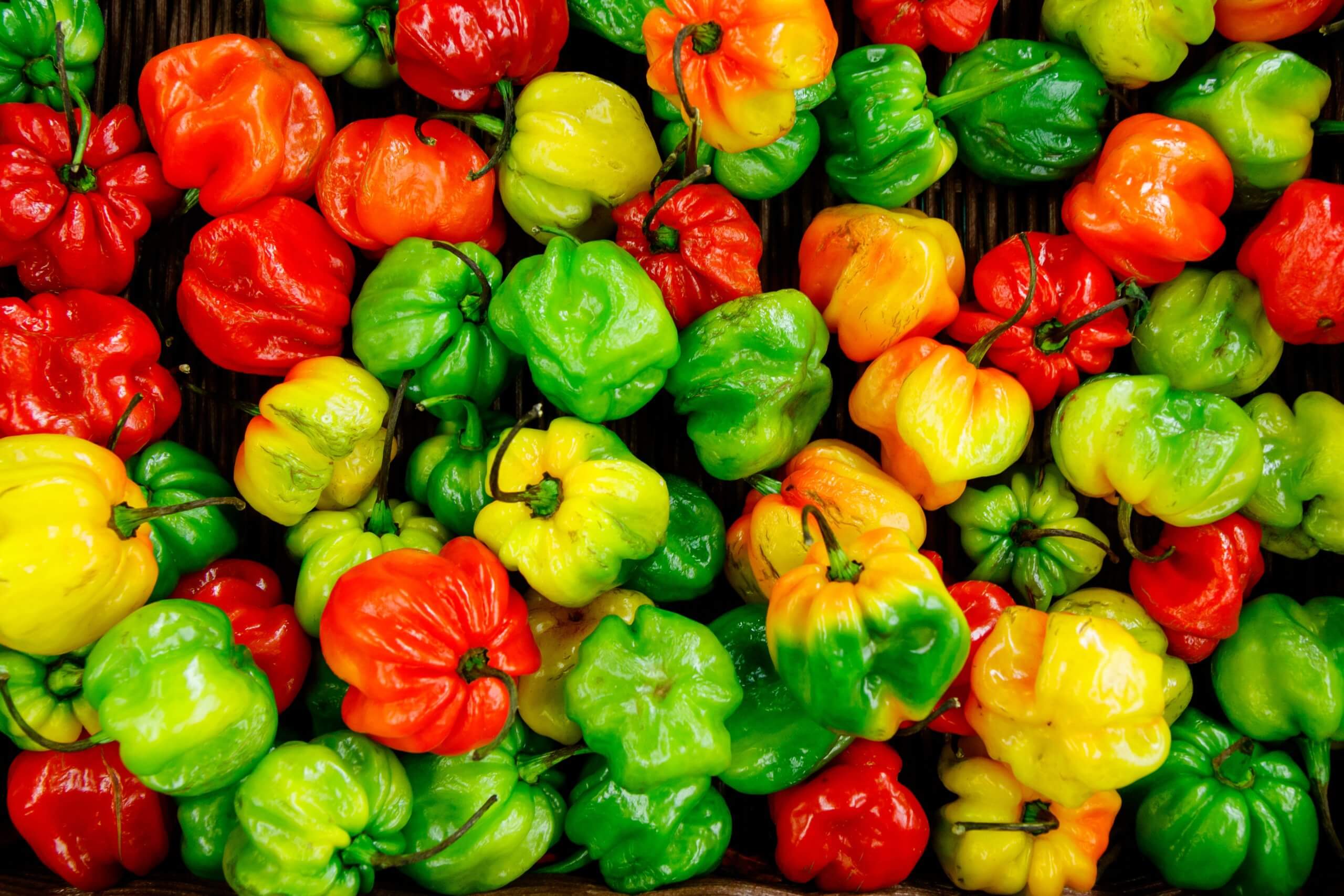At Sol’s Foods HQ we pride ourselves on self-sustainability, with our small urban garden currently boasting a prolific fennel yield. If you’re a regular reader, you’ll know that urban gardening is something that we swear by, regardless of the season. The beauty of urban gardening is that it doesn’t have to be conducted strictly in gardens, with balconies and alleyways more than adequate areas for improvisation.
We’ll give you a comprehensive tour of the Sol’s Garden sooner rather than later, but before getting to that, we’ve put together a simple guide on a few of the best foods that you can grow at home in pots between now and the end of winter.
Ten of the best foods to grow in pots during winter in South Africa
Lettuce
Lettuce and other salad greens grow quickly and prolifically in containers and they don’t need much sun, so you’ve even got the option of moving them to shadier areas when summer rolls around. Leafy greens need hardly any space to thrive and possess shallow root systems so they will happily grow in smaller containers. These simple factors alone make them the MVP of container gardening.

Kale
Kale, an especially leafy member of the brassica family, is famous for retaining taste and crispness even when it’s cold outside. Covered for the coldest days, kale is a great choice for winter gardening in much the same way that lettuce and spinach are.
Chard
Ruby chard is another leafy green that doesn’t mind the colder months and is a superb source of iron and vitamins A, E and K. The bright red hue of this member of the beet family provides a splash of much-needed colour too.
Thyme
The aromatic subtlety of thyme makes it evoke all sorts of positive nostalgic food memories. What type of self-respecting Sunday roast chicken would be complete without it? This evergreen herb is a constant source of terrible puns but it’s also a perennial delight that smells good and is a natural match for garlic, olive oil and tomatoes in Italian cuisine.

Mint
Because of its somewhat invasive nature, mint is best kept to itself in a pot or similar container as it doesn’t play well with others. The exact distinction between species of mint is unclear, but it’s estimated that 13 to 24 types exist. That fact alone makes it an appealing proposition because of the scope for flavour experimentation that it creates. Mint can be used to enhance lamb dishes, cocktails and desserts. If lettuce is the MVP, then mint is the unsung hero of the team.
Bell peppers
It’s better to plant sweet bell peppers indoors for the first four to six weeks of their life and only move them outdoors once the coldest months are a thing of the past. Bell peppers need a lot of nutrients, so the best soil you could use is a mix of vermiculite, peat moss and coarse sand in equal proportions. Pay attention to the soil when planting peppers, it’s a critical factor. Peter Piper picked a peck of pickled peppers. Try saying that 11 times quickly.
Chillies
Both hot & sweet peppers are show-stoppers from a visual standpoint and they also elevate a variety of dishes. Chilli-lovers will be encouraged to hear that growing them at home unlocks a whole new world of flavour varietals and culinary possibilities. Chillies need a warm, sheltered spot – inside or outside – with at least six hours of sun to grow with any reliable success (they will be reluctant to fruit without). With the right conditions, though, chillies will burst into life when grown in containers.

Rocket
Rocket is perfectly happy in a relatively small container – a pot 20 cm deep and 15 inches in diameter works fine and it’s also super mobile. It doesn’t enjoy the scorching sun so it’s best to let this plant get full morning sun and move it so that it only gets partial sun in the afternoon. Although “arugula” is a little picky about how much sunshine it gets, growing it isn’t exactly rocket science.
Tomatoes
One of the most important culinary staples in existence, tomatoes thrive when propagated indoors using unglazed pots, ensuring proper airflow. The pots should be about 15cm deep and seeds should be planted at about a centimetre in garden soil. Although indoor tomatoes grown in pots during winter will be smaller than their outdoor counterparts, they’re likely to be sweeter and more delicious. Slow roasted tomatoes possess an intense, unmistakable umami flavour that is almost unparalleled.

Aubergines
Aubergine, aka eggplant, is another edible that can be grown indoors and has the added bonus of working as an ornamental. It’s so much more than just a pretty face though. Some eggplant varieties can get dense and heavy, and those types should be avoided should you wish to grow them in pots. Rather look to compact eggplant cultivars. Large containers are needed to support the roots and their bush-like growth, and if you opt for ceramic pots, consider getting them glazed because that will help them retain water for longer. Baba ghanoush in winter? Don’t mind if we do.

Remember that the deeper the pot you utilize, the larger the reservoir of moist soil it can carry and the less often you’ll need to water. But at the same time, don’ forget that large pots will be heavy and difficult to move! Plant a few hardy, quick-maturing plants in pots at the outset of winter and you’ll be able to enjoy fresh produce from your own urban garden all year round.
Good companions
TOP TIP: When combining several different types of plants in one pot, it’s best to match plants that have a similar need for water and fertilizer. These duos work well:
- Eggplant & beans
- Tomatoes & basil
- Lettuce & herbs
- Spinach & chard
What have you got growing in your garden or on the balcony? Any recent success stories with growing other herbs, fruit and veg in pots that don’t appear in this list? We’d love to hear about them. Hit us up on Facebook and Instagram.

